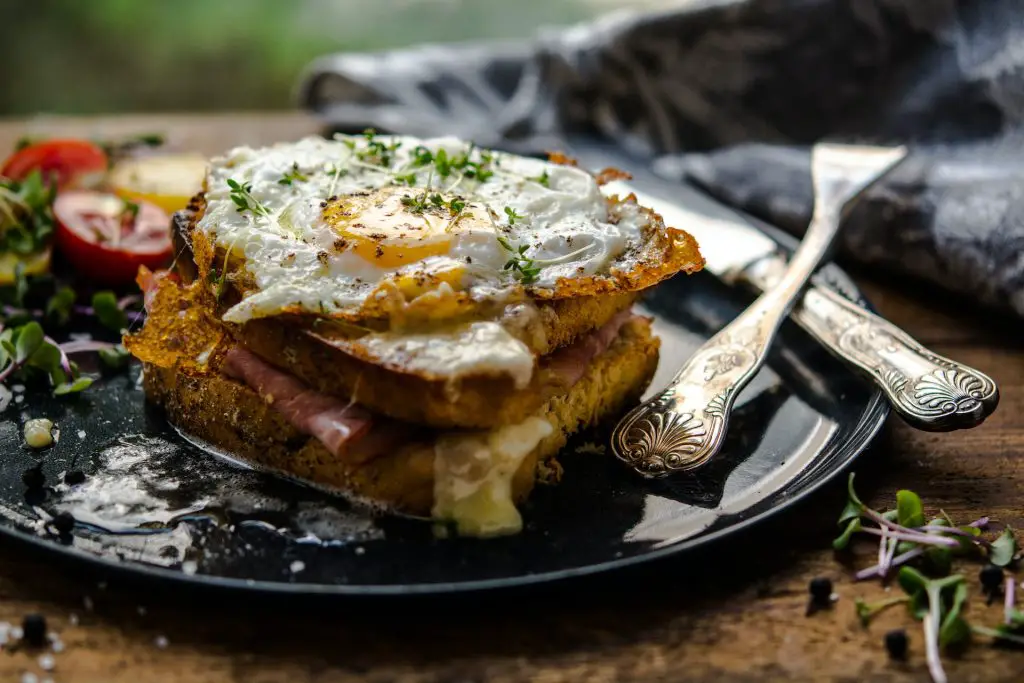Fried bread is a culinary masterpiece that transcends borders, cultures, and cuisines. Whether you know it as “fry bread,” “bannock,” “sopaipilla,” or by any other name, this crispy, golden delight has captured the hearts and taste buds of people around the world. In this comprehensive guide, we will explore the wonderful world of fried bread, from its historical origins to the various methods of preparation. By the end of this article, you’ll have all the knowledge and confidence you need to create fried bread that is truly a work of art.
Table of Contents:
The History of Fried Bread
Essential Ingredients
Equipment You’ll Need
Preparing the Dough
Shaping and Cooking Fried Bread
Serving and Enjoying Fried Bread
Variations and Creative Twists
Troubleshooting Common Issues
The History of Fried Bread
Fried bread holds a special place in culinary history, with its roots tracing back to indigenous cultures and traditional recipes. Native American tribes, for example, have been making fry bread for centuries, using it as a versatile and delicious staple food. This dish has also found its way into the cuisines of various other cultures, each putting their unique spin on it. Understanding the history of fried bread can deepen your appreciation for this delectable treat.
Essential Ingredients
Before you embark on your fried bread-making journey, you’ll need to gather the essential ingredients. The basic ingredients for making traditional fried bread include:
All-purpose flour
Baking powder
Salt
Water or milk
Vegetable oil or lard (for frying)
While these are the core ingredients, variations exist depending on the specific type of fried bread you intend to make. For instance, sweet variations may include sugar and additional flavorings like vanilla or cinnamon.
Equipment You’ll Need
You don’t need a fancy kitchen setup to make delicious fried bread, but a few essential pieces of equipment will make the process smoother:
Mixing bowls
Measuring cups and spoons
A rolling pin
A large, heavy skillet or deep-fryer
Tongs or a slotted spoon for flipping and removing the bread
Paper towels or a wire rack for draining excess oil
Preparing the Dough
Creating the perfect fried bread dough is a crucial step in the process. Here’s a basic recipe to get you started:
Ingredients:
2 cups all-purpose flour
2 teaspoons baking powder
1/2 teaspoon salt
1 cup water or milk (adjust as needed for desired consistency)
Instructions:
In a mixing bowl, whisk together the flour, baking powder, and salt.
Gradually add the water or milk, mixing continuously until the dough comes together. You may need to adjust the liquid quantity to achieve the right consistency – a soft, but not sticky, dough.
Knead the dough briefly on a floured surface until it’s smooth and elastic.
Divide the dough into smaller portions, depending on the size of fried bread you want to make. Roll each portion into a ball.
Cover the dough balls with a clean kitchen towel and let them rest for about 30 minutes. This resting period allows the dough to relax and become easier to work with.
Shaping and Cooking Fried Bread
Now that your dough is ready, it’s time to shape and cook your fried bread. The shape and size can vary depending on personal preference and cultural traditions. Here’s a step-by-step guide to shaping and cooking fried bread:
Ingredients:
Prepared dough
Vegetable oil or lard for frying
Instructions:
On a floured surface, take one of the dough balls and use a rolling pin to flatten it into a thin, round disc. The thickness can vary based on your preference, but typically it’s about 1/4 to 1/2 inch thick.
Heat your skillet or deep-fryer with enough oil to submerge the bread. The oil should reach a temperature of around 350-375°F (175-190°C).
Carefully slide the flattened dough into the hot oil. It should sizzle immediately upon contact.
Fry the bread for about 2-3 minutes on each side or until it turns golden brown and puffs up. Use tongs or a slotted spoon to flip it over.
Once done, remove the fried bread and place it on paper towels or a wire rack to drain any excess oil.
Repeat the process for the remaining dough balls.
Serving and Enjoying Fried Bread
Fried bread is incredibly versatile and can be enjoyed in various ways, both sweet and savory. Here are some popular serving options:
Savory:
Indian fry bread tacos: Top with seasoned ground beef, lettuce, tomatoes, cheese, and salsa.
Navajo tacos: A similar concept with various toppings like beans, cheese, and sour cream.
Simply served with honey, powdered sugar, or jam.
Sweet:
Drizzle with honey and sprinkle with powdered sugar for a classic sweet treat.
Serve with a scoop of ice cream and chocolate sauce for a dessert indulgence.
Create a twist on French toast by dipping slices of fried bread in an egg and milk mixture, then frying until golden.
The possibilities are endless when it comes to serving fried bread, so get creative and find your favorite way to enjoy it.
Variations and Creative Twists
While the classic fried bread recipe is beloved by many, there are numerous variations and creative twists you can explore:
Sweet versions: Add sugar, cinnamon, or vanilla extract to the dough for a sweet variation.
Stuffed fried bread: Fill the dough with ingredients like cheese, chocolate, or fruit preserves before frying.
Herbed or savory versions: Incorporate herbs, garlic, or spices into the dough for a savory twist.
Gluten-free or healthier options: Experiment with alternative flours like whole wheat or gluten-free flour blends to suit dietary preferences.
Feel free to experiment with different flavors and ingredients to create your own unique fried bread creations.
Troubleshooting Common Issues
Even seasoned chefs may encounter challenges when making fried bread. Here are some common issues and their solutions:
Dough is too sticky: Add more flour, a tablespoon at a time, until the dough reaches the right consistency.
Dough is too dry: Gradually add more water or milk until the dough becomes pliable.
Bread doesn’t puff up: Ensure that the oil is at the correct temperature (350-375°F or 175-190°C). Additionally, be sure to roll the dough thin enough.
Bread is too greasy: Drain the fried bread on paper towels or a wire rack after frying to remove excess oil.
Fried bread is a culinary treasure that has stood the test of time, transcending cultures and generations. Whether you’re making it for a special occasion, a comforting snack, or as a creative culinary experiment, the process of creating fried bread is both rewarding and delicious. By mastering the basics and exploring different variations, you’ll find endless ways to savor this crispy, golden delight. So, roll up your sleeves, gather your ingredients, and embark on a journey into the art of cooking fried bread – a timeless and universally loved treat.
The beauty of fried bread lies in its simplicity and versatility. From Native American traditions to modern fusion creations, fried bread has evolved while retaining its status as a beloved comfort food. Whether you’re savoring it with savory toppings, indulging in sweet variations, or exploring inventive twists, fried bread is a canvas upon which you can paint your culinary creativity.
As you embark on your fried bread-making adventure, remember that practice makes perfect. Don’t be discouraged if your first attempts aren’t flawless; cooking, after all, is an art as much as it is a science. Each batch of fried bread you create is a step toward mastering this delectable dish.
Furthermore, consider sharing your love for fried bread with others. Invite friends and family to join in the fun of making and savoring this delightful treat together. Sharing your culinary creations can forge lasting memories and foster a sense of togetherness that is truly special.
In closing, the art of cooking fried bread is a journey worth taking. Its history, diversity, and deliciousness make it a timeless favorite for people of all backgrounds. So, get ready to knead, shape, fry, and savor – and may your fried bread always be golden, crispy, and unforgettable. Happy frying!




